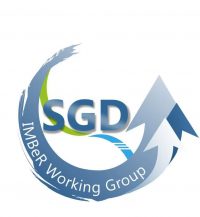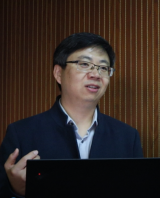The Submarine Groundwater Discharge (SGD) Working Group is an interdisciplinary initiative focused on advancing understanding of benthic exchange processes in the global ocean, with emphasis on the dynamics, impacts, and significance of SGD. SGD encompasses all fluid fluxes from the seabed to coastal waters along continental margins, regardless of salinity or driving forces. This includes “fresh SGD (FSGD)” driven by terrestrial hydraulic gradients, and “recirculated SGD (RSGD)” involving brackish or seawater cycling through sediments.
SGD serves as a critical, yet understudied, pathway for transporting terrestrially derived nutrients (e.g., nitrogen, phosphorus), carbon (e.g., inorganic/organic carbon), heavy metals, greenhouse gases (carbon dioxide, methane, nitrous oxide) and other solutes to marine ecosystems. Over 60% of coastal studies globally indicate that SGD-derived nutrient inputs exceed those from nearby rivers. However, SGD remains systematically overlooked in coastal budgets due to sparse monitoring data, methodological challenges, and unresolved uncertainties.
This group seeks to address these gaps by integrating cutting-edge isotopic tracing, resistivity imaging, remote sensing, and modelling frameworks to quantify SGD fluxes, map their spatial-temporal variability, and assess their biogeochemical and ecological impacts. By fostering collaboration among hydrologists, geochemists, ecologists, and policymakers, the initiative will:
(1) A reflection of the benefits and challenges of the existing SGD definition and related language
(2) establish standardized protocols for SGD detection and quantification, set up long-term SGD monitoring stations/networks worldwide
(3) estimate SGD flux in global continental margins and elucidate its ecological response (e.g., eutrophication, carbon outwelling, and coastal habitat health) in diverse ecosystems
(4) incorporating SGD into international marine management frameworks and water quality regulations
Time Table for activities
August 2025 – July 2028

Co-chairs

